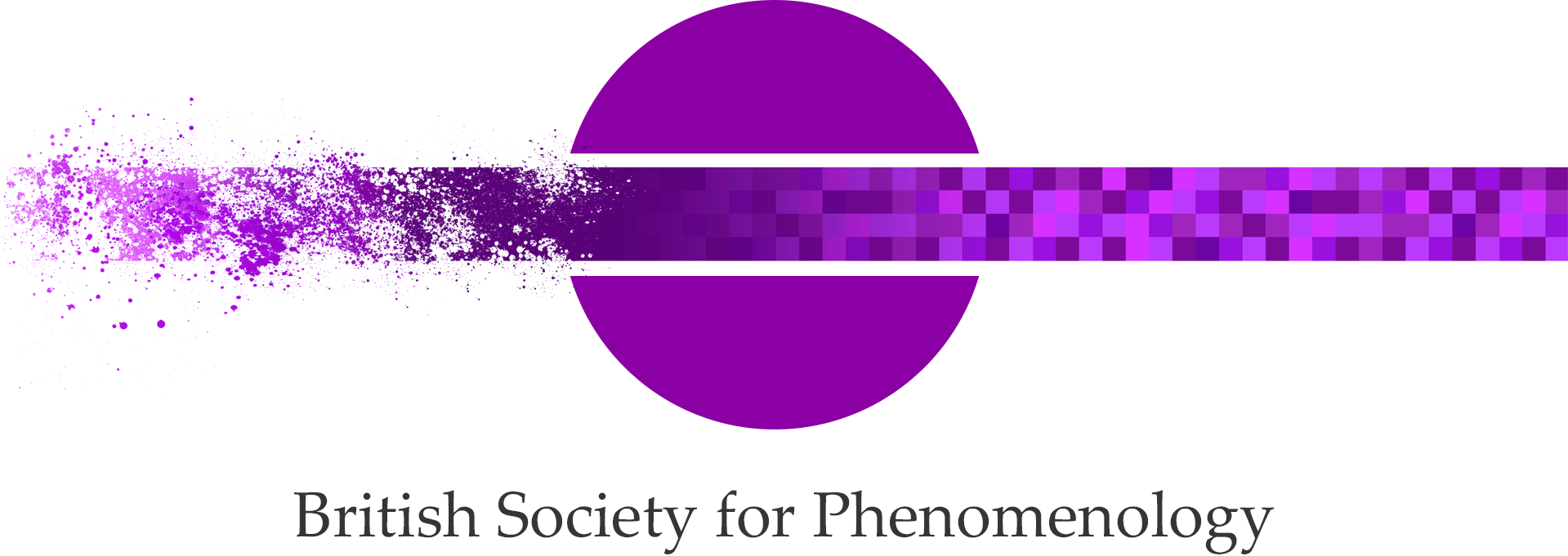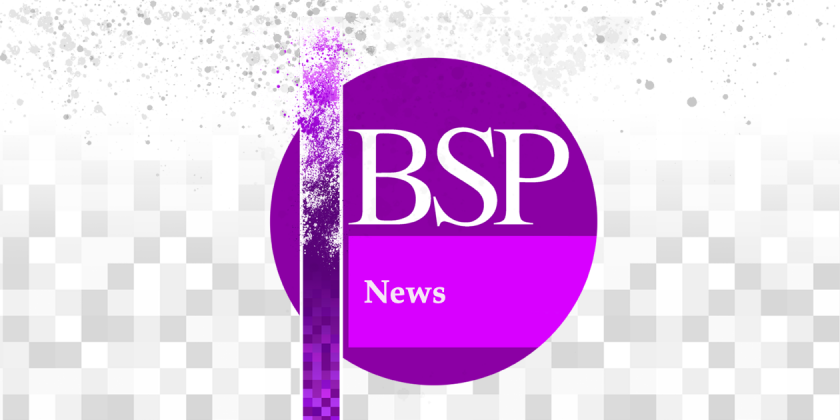Call for Abstracts for a Special Issue of the Journal of Aesthetics and Phenomenology. Editors Anne Pollok and Luigi Filieri.
Journal of Aesthetics and Phenomenology
https://www.tandfonline.com/journals/rfap20
Special Issue
Exploring the Range of Reality: The Aesthetics of Symbolic Forms
Editors
Anne Pollok (Johannes Gutenberg-Universität Mainz)
Luigi Filieri (Johannes Gutenberg-Universität Mainz)
Call for Abstracts and Papers
Though Cassirer left us no self-standing volume dedicated to art and aesthetic experience as a symbolic form in its own right, these are key notions in his overall understanding of culture, as art is no “mere adornment of human life”, but rather one of its “essential conditions” (ECN, VII: 141). Aesthetic experience does not rely on a lower degree of meaningfulness nor does it entail a deflationist account of signification, for one “who does not understand these intuitive symbols, who cannot feel the life of colours, of shapes, of spatial forms and patterns, of harmony and melody” is ultimately unable to grasp “one of the deepest aspects of reality” (ECN, VII: 177; text amended). Art indeed discloses “a new dimension to human life; it gives to it a depth that we do not reach in our common apprehension of things”.
The aim of this special issue on the Aesthetics of Symbolic Forms is to explore Cassirer’s take on a Neo-Kantian aesthetic space in its many facets, and pay tribute to the wide variety of historiographic and systematic approaches that informed (and followed from) his stance. Hence, the editors seek to include authors with different disciplinary approaches (from the history of ideas to literature, from cultural studies to theoretical analysis), with the aim of involving scholars who can share their expertise on Cassirer’s aesthetics, as well as interpreters that might expand related works on symbolism and visual culture. To reconstruct and inquire into the space of the Aesthetics of Symbolic Forms means – the editors believe – to acknowledge the dignity of philosophical aesthetics and establish a dialogue between interpretive standpoints that, despite their diversity and multifaceted specific interests, can be inscribed in the framework of human culture.
The editors are thus looking for essays on topics such as:
1) The systematic reformulation of Cassirer’s account of art;
2) The aesthetic dimension of other symbolic forms. Cassirer’s aesthetic standpoint and its further influence in other conceptions might be helpful to cast light on
a) the relationship between language and art;
b) similarities and distinctions between myth and art; and, finally,
c) the cognitive import of aesthetic experience itself and its distinctive relatedness to the sphere of feelings.
3) Essays on important influences and extensions. Of particular interest here is
a) Aby Warburg, as his works on iconography and cultural history were not only a source of inspiration for Cassirer, but also serve for a broader approach to art history as a method of sign-interpretation.
b) Erwin Panofsky, whose work could be seen as the natural prosecution of this path (not only in terms of continuity). This could profitably expand the discussion towards the issue of the social imaginary (thereby also touching upon a possible connection between ethics and aesthetics).
c) the route tracking the development of Neo-Kantian aesthetics in the philosophies of Castoriadis and Benjamin, who can both contribute to reconstruct a comprehensive outline of the aesthetics of symbolic forms.
d) the work of Heidegger or other counter-positions that formulate decisive aspects of their theory in more or less explicit contradistinction to Cassirer’s approach.
e) Cassirer’s legacy in analytic philosophy, namely with Langer and Goodman. Both help to bring Cassirer’s legacy into the contemporary debate, and shed a light on aesthetics as a symbolic form within a comprehensive systematic perspective.
Schedule
Submit an anonymized 1500 words extended abstract and a 200 words bio by Monday, October 7th 2024, for a prospective paper of no more than 8,000 words (including references) to Anne Pollok ([email protected]) and Luigi Filieri ([email protected]) for blind review.
Authors to be informed of acceptance/rejection by December 2024.
Accepted authors will be invited to submit an 8,000 words draft article, again for blind review, by Monday, March 3rd 2025. The editors plan to organize an online workshop in order to exchange feedback before finalizing the papers.
Submission of edited full papers: Monday, May 12th 2025.
Editorial process: Summer 2025.
Publication: October 2025.

